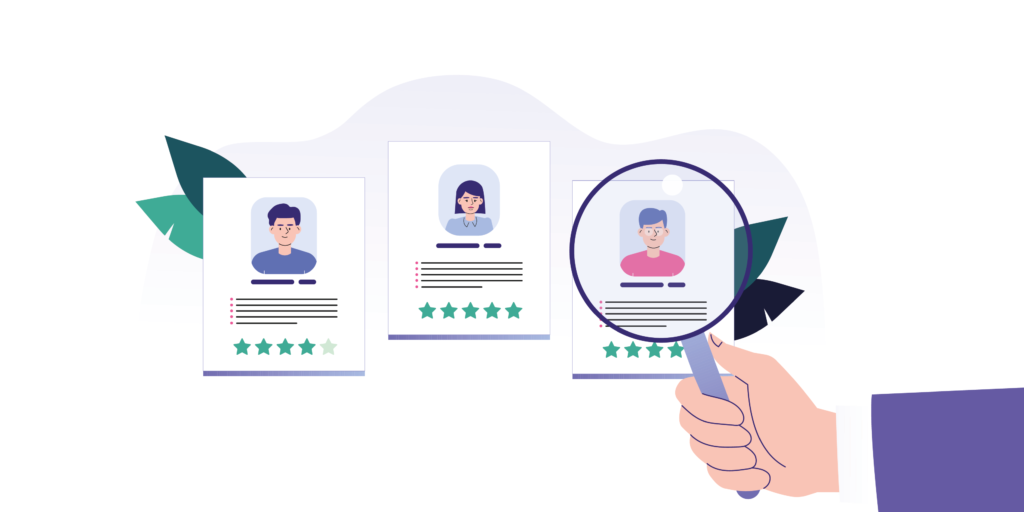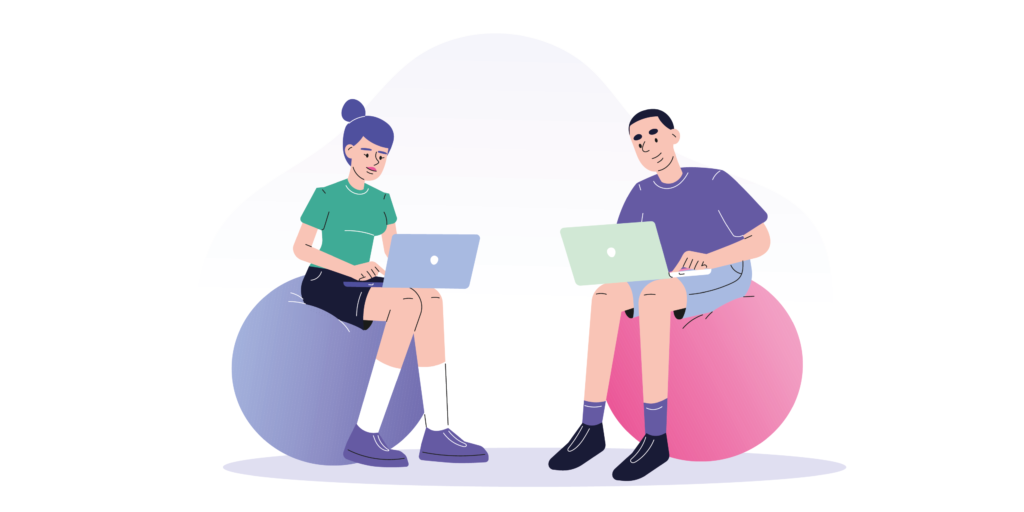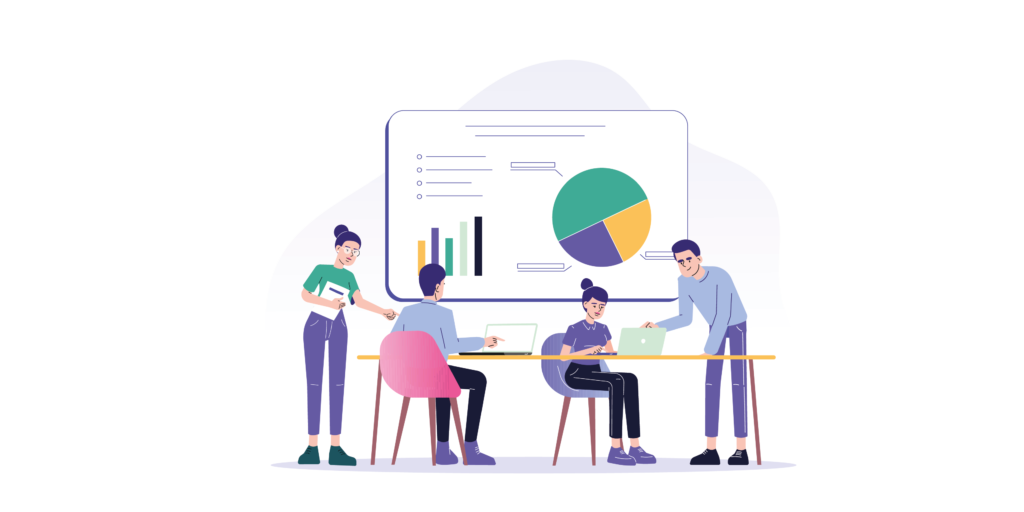The Value of User Interviews is more than just hearsay
User Interviews are a great way to gain insights into your product directly from actual users. Listening to them, their pain points, and what they love; is of far greater value than what a boardroom of stakeholders believe to be the problems.
User Interviews form one of several dozen methods of user research. While it may be an attitudinal and qualitative form of research, it can provide immense value to help inform the direction of your solution. Whether you have decided to redesign/develop your platform, or that you need to set up an eCommerce site; user interviews can help you avoid key pitfalls and further help to validate your business decision. But let’s take a step back and explain what user research is.
What is user research?
User research is a process of gathering and uncovering information relating to problems your users face as well as potential opportunities. It can take the form of dozens of methods from user interviews, to surveys, card sorting, analyses, evaluations, A/B testing, and so on. Each method of research can be divided into one of two main types. These are qualitative and quantitative research. Qualitative research is the method of understanding why your users behave and act in a certain way. It is based on emotions and opinions, whereas quantitative research is based on data and statistics. Quantitative research is a method of gathering measurable data on your users.
Each type of research has its own advantages and disadvantages, for example knowing that your cart has a high abandonment rate is great, but it doesn’t explain the reason behind your user’s actions. Similarly understanding that your users think the checkout flow is too long does not necessarily indicate that your site is experiencing high rates of cart abandonment. Normally we would want to be able to validate our findings by combining a mixture of the two types. For example, we may carry out a series of A/B tests, gather that data, and then follow it up with a series of user interviews from users that took part in those tests. By combining these two we can understand why one solution did better or worse than another. While the saying may go “the numbers never lie”, the way in which we interpret those numbers can be biased and thus result in an inaccurate result/outcome.

What exactly are user interviews?
So now that we understand that one type of research alone is not enough to draw fully concrete conclusions from, let’s discuss a very interesting and valuable form of user research, that being user interviews. So what exactly are user interviews? A user interview is when a researcher asks a single user about a particular topic (for example how they typically place a stock order for their cafe) with the goal of learning more about that topic. These interviews are different from focus groups, which typically involve multiple users at the same time. User interviews are also normally conducted as part of a series, so we may conduct ten separate interviews with ten individual users.
Why do user interviews?
As mentioned earlier, user interviews are a highly valuable form of user research, allowing you to get a clear insight and understanding of your users and how they think and act. Through these we can gain insights into what your users think about your platform, brand, experience, or process. They can help inform us about what they think works, what is memorable, what is difficult to use, what is confusing, and what drives them downright insane. User interviews are a great way to help inform our user personas, user journeys, and potential workflow ideas. They can also be useful to validate qualitative findings from a survey, A/B test or so on. These users can explain and help clarify what it is that the data has found.
How do you do a user interview?
There are 6 key steps to conduct a user interview and they are the following:
Determine the goal of the interview
It is important to understand why you are conducting these interviews. What is the importance of them, and what are you trying to get out of them? Without having a clear, defined goal there is no real structure for you to follow, and no direction for these interviews.

Know who your target users are
It is important that you are talking to the right people. While pretty much anyone can give you feedback and insights, if they aren’t your target audience their input can send you on the wrong path, and incorrectly validate areas that could be pain points for your target audience. Knowing who your core user base is, is always important, and user interviews’ true value comes from talking with these people.

Prepare the questions
So we know what our goals are, and who we are talking to, now we just have to determine what we want to ask. There is no real set list of questions here, it will depend on what your situation is, why you are doing the interviews, who your users are, and what your goal is. But there are some key considerations to keep in mind when preparing your questions.
- Keep the questions open-ended. This essentially means that your questions shouldn’t have any yes or no answers. It is important that we don’t try and lead the user to give us certain answers, doing that can bias our results.
- Keep the questions short. No one wants to listen to a long-winded question and not remember what exactly is being asked at the end. Keep the questions short and precise, ensure your user can quickly and easily understand what you are asking them.
- Allow time for tangents and conversation. It is important if you have a 60-minute time slot that you don’t try to fill it with 60 questions. Allow for natural conversation flow, using follow up questions and allowing for insights and nuggets of information to appear that you didn’t expect.
- Follow up questions are key. It is important that you engage with the user. Follow up questions are a great way to do this. While you may be able to prepare some of them, the majority are likely to be off the cuff, and you need to get comfortable with this.
- Remain unbiased. You are there to understand your users, while you will have an agenda, it is important that you don’t allow that to bias what you ask and lead the user to giving an invalid answer.

Set up the interviews
Once your target users are figured out, and you have your questions, it’s time to set up the interviews. You can do this in a number of ways, be it through an email request (with a reward offering), as a message on your site/platform, through online adverts and so on. You may have to screen those that apply to ensure they fit your target users, but that’s the point of having that defined before now.
Once you’ve your users selected to interview, set up the meeting be it online over a service like zoom, or in person. I’d suggest using a 60-minute time slot, where you aim to interview for about 45 minutes. This gives lee-way if your user is late, if there are any technical issues, or in the case that your user is very talkative.
Conduct the interviews
This step is fairly simple. It’s time to do the interviews. Best practice recommends that you have a second interviewer with you so that they can take notes while you conduct it. It can also be a good idea to record the interviews so that you can review them after, ensuring that you catch all of the information. If recording, it’s a good idea to keep the recording going until the user leaves, that way you can catch any last thoughts they may have while leaving the room.

Collate the information
Now it’s time to gather your notes and try to find the patterns. What information stood out, what was a common pattern you have noticed, and what are the biggest opportunities you have. Putting your findings onto sticky notes and grouping them together under themes can be a great way to find common patterns and make sense of all of the data you have gathered.
Act on your findings
Once you have your findings and your recommendation for improvements and opportunities, it’s time to act on them. Having this information is great, but it’s pointless if you do not act on it. By all means, use other forms of user research to validate your findings, but don’t just toss them to the side.
And that’s the basics of it. User interviews can be tricky to do and carry out, but the more you do the easier it becomes. Interested in learning more about different methods of user research? Well, we have another blog where we discuss heuristic evaluations, check it out here.
Think user interviews may be right for you and your needs? Then why not get in touch with us and learn how our design team can help to carry out these interviews for you. Get in touch with us at [email protected] or calling us on +353 (0)1 4750066




